I had already noticed that in the month of October 2O14,
there was a long week end beginning from Thursday, October 2nd to Monday
October 6th. Normally, I
avoid outings during such holidays as train reservations and hotel bookings
are the first hurdles to be crossed for a smooth holiday. Secondly, the
tourist places to be visited would be crowded. So I thought it better
to spend time in the home city rather than venturing
out during the long week end. But I was destined to travel during the long
week end as I received an invitation to attend the engagement ceremony of one
of my close relatives, scheduled to be held on October 3rd at his
farm house in Sangli. The invitation was also received by my brother-in- law. So
both the families decided to travel together to attend the function and to visit some tourist
spots in around Kolhapur which is about 65 kms from Sangli.
October 2nd : Borivali-Pune-Kolhapur (432 kms.)
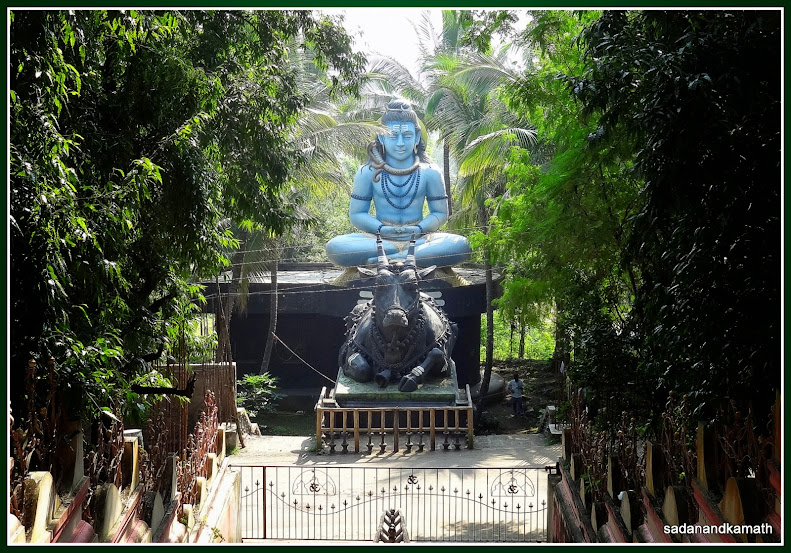

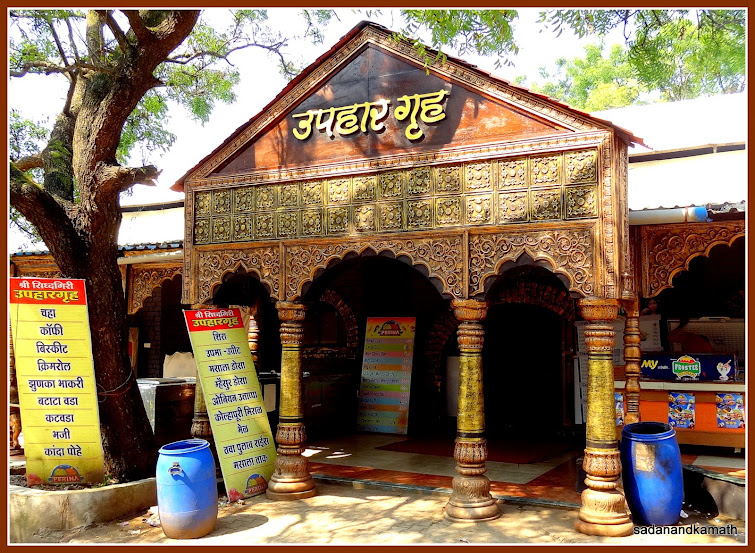
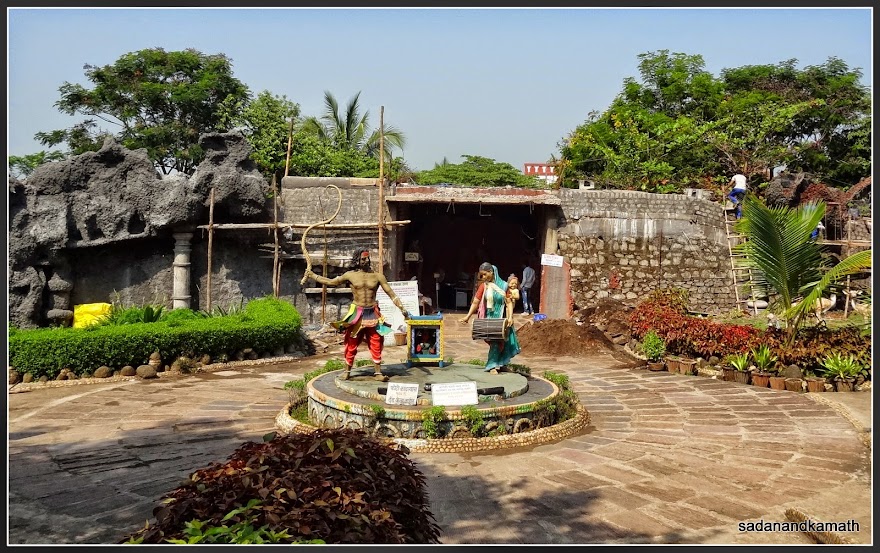

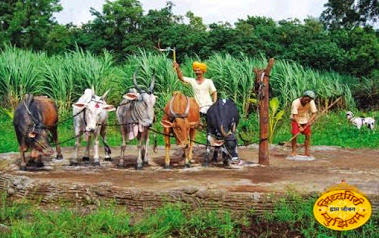
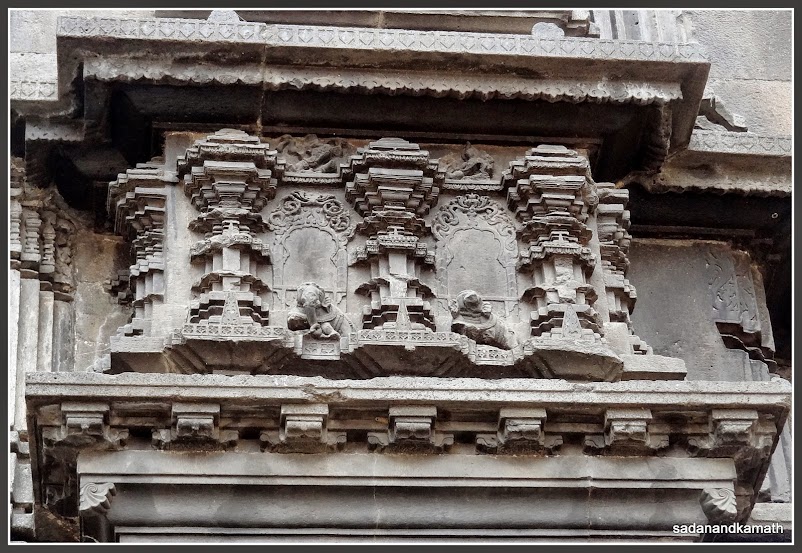
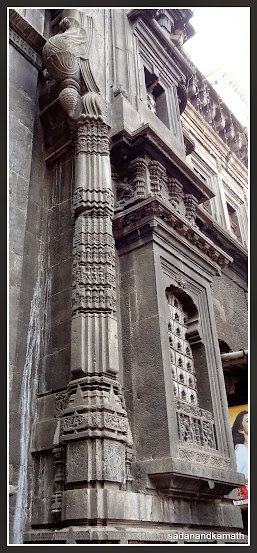
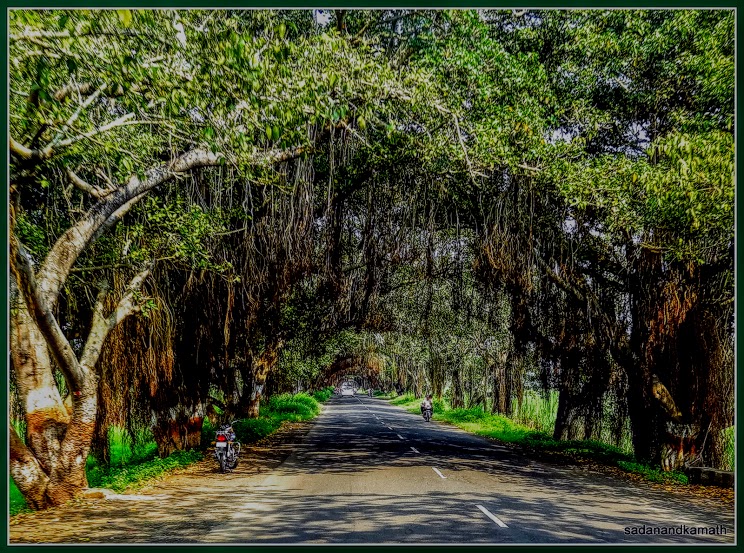



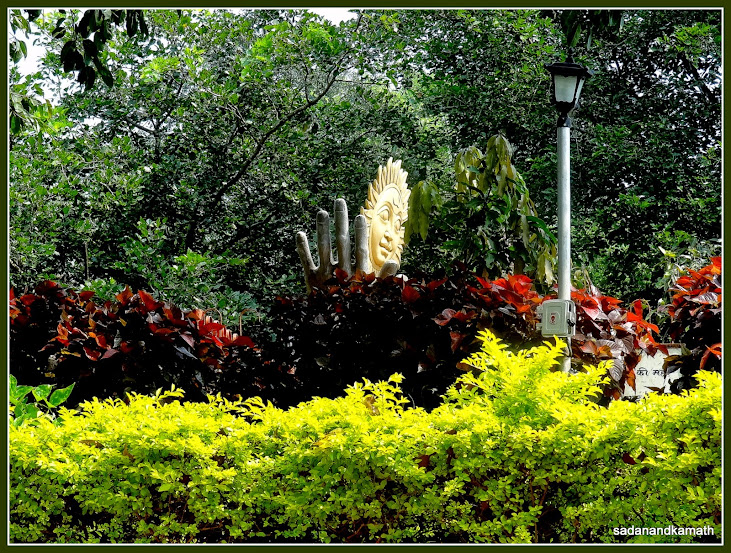


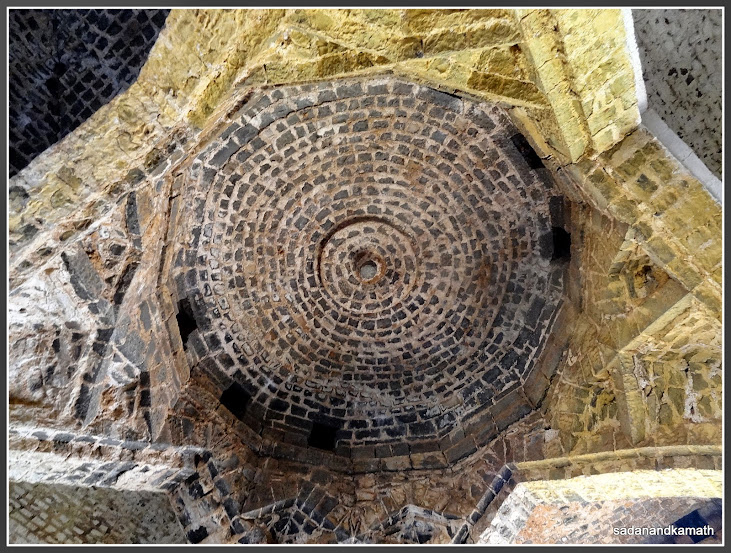

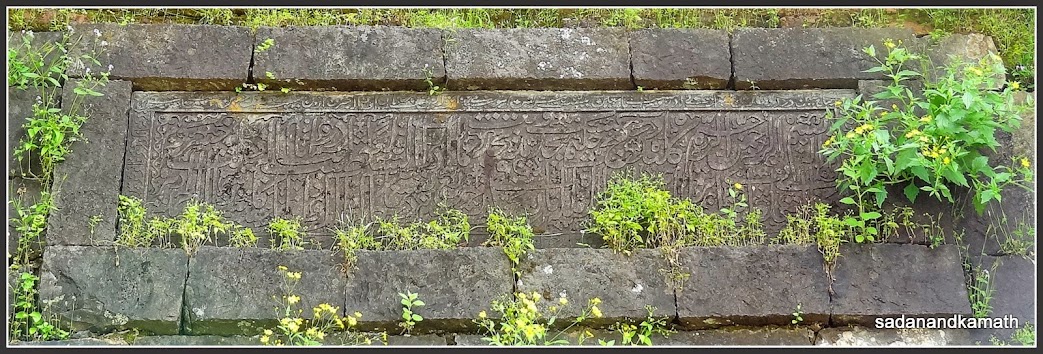

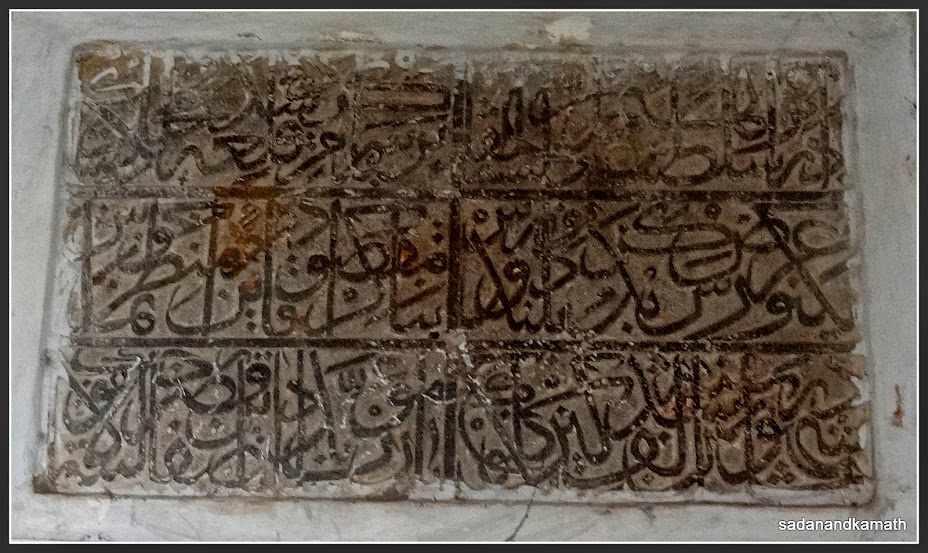

Since getting train reservations
at the short notice was out of question especially when we required 8
tickets, 6 adults and 2 children, we
decided to hire a vehicle. We started from Borivali at 7.OO a.m. Despite the
holiday, there were lot of heavy truck traffic on Pune
Expressway apart from larger than usual car traffic, mostly of holiday travellers. There was a
longish traffic jam of more than 2 kms just before Lonavala. It took us nearly
5 hours to reach Wakad via Hinjewadi junction to join one of our close relative
for a high tea. After spending about one hour in his house, we started the
journey around 1.OO p.m. There was a moderate traffic up to Katraj Ghat after
which the traffic flow became normal. We reached Kolhapur around 5.3O p.m. We
checked in Hotel K Tree, a newly opened boutique hotel. The rooms were big with
clean bathroom and toilet. The service was prompt. The hotel has a multi
cuisine restaurant. The food was good.
| Hotel K Tree, Kolhapur where we styaed for 3 nights. |
After freshening up and taking
about 3 minutes rest, we decided to visit Mahalaxmi temple knowing that being the penultimate day of Navratri
festival, there will be heavy rush of devotees for darshan of Goddess
Mahalaxmi. At least, we would get a feel of a festive atmoshere on the eve of Dussera. As expected, there was a longish queue of devotees for darshan. A police
woman told us that it may take about 3 to 4 hours to get into the sanctum
sanctorum of the temple for a darshan. There was a separate queue for those
wishing to have darshan from outside the sanctum sanctorum but with heavy crowd and jostling, we felt that it was not
worth a try. So we decided to visit the temple on Saturday, when Navratri
gets over. We returned to our hotel not before eating
the most famous bhel of Rajabhau located in a by lane, about 5 minutes of walk
from Mahalaxmi temple. We had light dinner at our hotel’s restaurant
before retiring for the day.
October 3rd : Kolhapur-Siddhagiri Math-Sangli-Kolhapur (16O kms.)
Siddhagiri Math and Siddhagiri
Gramjeevan Museum
The engagement ceremony was scheduled at 4.OO p.m. in Sangli followed by some musical programme and dinner. So we had
in effect only half a day available for sightseeing. Our idea was to cover places
like Narsoba Wadi and Khidrapur which was on our way to Sangli. However, the
host had entrusted us to bring with us a 3 kg cake specially ordered from Kolhapur
on the occasion of the engagement ceremony. And carrying the cake in our
vehicle with half a day sightseeing in relatively warm weather was not a good
idea. So we decided to postpone the planned sightseeing of the day for the next
day and cover Siddhagiri Math which was hardly 15 kms from Kolhapur. On our
return, we would pick up the cake and continue the journey to Sangli.
After completing the breakfast
around 9.OO a.m., we drove through NH.4 for about 1O kms towards Kagal and took
an exit to the left on a small road which goes over NH.4 towards its right side
for a drive of about 5 kms to Kaneri village. A board displaying the direction
to Siddhagiri Math which is also called Kaneri Math, took us to the place. As
soon as we reached Kaneri Math, a non descriptive village of Kaneri now looked like
a well planned and a clean village. The place is very serene and peaceful. The
entire area covering about 1O acres of land is full of flora and fauna. We
first visited a temple of Lord Shiva and saw the real looking replicas of two
elephants with mahout and passengers in front of the temple. There was a huge
idol of Lord Shiva with his life size Nandi bull located in the opposite
direction of the temple. Just by the side of the temple was a big hall for
meditation.
| Entrance to Siddhagiri Math, Kaneri. |
Siddhagiri Math Office, Kaneri.
| Shiva Temple, Siddhagiri Math Shivling covered with Shiva idol with Kolhapuri pagdi. |
A decorated Nandi in Shiva Temple.
Statue of sitting Shiva with Nandi Bull. Siddhagiri Math.
A life size replica of an Elephant with Mahout and passengers, Siddhagiri Math.
A restaurant inside Siddhagiri Math, Kaneri.
But what made our visit really
worthwhile and memorable was an open air museum called Siddhagiri Gramjeevan
Museum which is spread over 7 acres of land. A part of the museum is located
inside the manmade caves which depict the roles of some of the prominent sages
in Hindu mythology with their life size statues and their expertise in arts,
science and commerce. I found these displays to be very educative. For example,
Sage Jaimini specialised in Mimansa Philosophy. Sage Prashar
specialised in Botany. Sage Kashyap was the master of Ayurvedic medicines.
Entrance to Siddhagiri Gramjeevan Museum, Kaneri.
Since photography is prohibited in Siddhagiri Museum, I have taken this picture from the website just to illustrate how real it looks. The scene is of a village well from where villagers bring water. There are multiple choices of carrying water as depicted in the picture. In the background is the real sugarcane field.
This is also taken from a website just to illustrate how real it looks of the activities of trashing the harvested crops.
In the open air museum, there are
more than 3OO statues depicting the rural life in India. The main features of
some of the displays concerning farmers and agricultural fields are that except
for statues, the surroundings are real. Even the statues of man, animals and
implements look so real that I got
fooled by the display of shepherds grazing
their cows and buffalos in an open field to be real one until I saw it
from a close distance. There are also displays of rural games which I am sure
most of the current generations of kids would be unaware of. Then there are a
series of displays on agricultural operations in a traditional manner starting
with ploughing, sowing, irrigation, harvesting and finally trashing of harvested
crops. One can even see the various modes of carrying water from a village
well.
The aim of this open air museum
seems to be to make the present generation aware of the rural heritage of the past
which is slowly crumbling because of the technical advancement. The museum also
emphasises the importance of caste related vocations for the self sufficiency
of the rural economy. It also shows the importance of inter personal
relationship and the inter dependence in
a rural setting. I would highly recommend to those on a visit to Kolhapur or
Sangli not to miss Siddhagiri Gramjeevan Museum especially if they are
accompanied by children who have been brought up in an urban environment. It is
very educative for them. My two grand children enjoyed this visit to the
museum. We spent about two hours which
was not sufficient to study the displays in their entirety.
The entry fee for the museum is
Rs.1OO per head and Rs.5O for children below 12 years of age. At first, we
thought that the entry fee was steep. But at the end of the museum trip, we
felt that it was more than worth. The additions to museum displays seem to be
an ongoing process as we noticed some more works underway. Since it is an open air museum, it is
advisable to carry sun lotion and water bottles as the sunrays are very strong.
There are two restaurants in Kaneri Math, one at the starting point of the
museum and the other at the end point. There is also a shop selling mementos
and other items of show pieces. Photography inside the museum is strictly prohibited.
We returned to Kolhapur to collect
the cake and started the journey to Sangli to attend the engagement ceremony.
It took us nearly 2 hours to complete 65 kms of journey due to many bad patches
on Kolhapur-Sangli road. After dinner, we returned to our hotel
in Kolhapur at around 11.3O p.m.
October 4th : Kolhapur-Panhala-Jyotiba-Narsoba
Wadi-Khidrapur-Kolhapur (179 kms).
1. Panhala
Fort (25 kms)
After
breakfast, we first visited Mahalaxmi temple at around 9.OO a.m. As expected post-Navratri, there was no queue and we could
complete the darshan of Goddess Mahalaxmi in less than 15 minutes with
reasonable time to spend in sanctum sanctorum. A drive of about 25 kms on Kolhapur-Ratnagiri road took us to Panhala Fort (84Om). We took an accredited guide to get detailed information
about the Fort.
Intricate carving on the stone wall of the Eastern side gate of Old Rajwada near Mahalaxmi temple.
Intricately carved pillar of the Eastern gate of Old Rajwada, Kolhapur. This the main entrance to Mahalaxmi temple area.
Panhala
Fort was constructed by Raja Bhoj of Shilhara dynasty in the 12th
century. Since the Fort was located on a strategic pass between Konkan and the
Deccan plateau, it has been the centre of skirmishes between different rulers
like Adilshah of Bijapur, Yadavas of Devgiri, Mughals, Marathas and later East
India Company. After the death of Afzal Khan, the commander of Adilshahi
dynasty of Bijapur, Chatrapaty Shivaji Maharaj took control of the Fort in 1659.
However, there had been frequent change of occupation of the Fort between Marathas and Mughals. Finally, in 1782, the seat of
Maratha Government was shifted from Panhala to Kolhapur and thereafter the Fort
was given to British Raj in 1827. Except for a brief period in 1844 when rebels
occupied the Fort, it remained with British Raj until 1947. The most important event
that took place was the seige of the
Fort by the armies of Adilshah and Johar of Kurnool for over five months
requiring Shivaji Maharaj to escape in disguise through secret routes to nearby
Vishalgad at the cost of the life of his
trusted aide Bhaji Prabhu Deshpande in the battle of Pavan Khind.
Road to Panhala Fort.
We started with Andhar Bawdi (Hidden Well). It is a three storied structure
with two stories located underground. At the base of the underground is a
hidden step well. The idea is to protect the well from the enemies whose first
act is to poison the water in the well. According to our guide, the water level
in the well remains constant throughout the year. This well was the drinking
water source for the inhabitants of the Fort. There is one archway above the
well where some armed guards would always remain to protect the well. Since the
third story of this structure is constructed at the road level, the enemies can
neither see the underground structures nor the guards protecting it. So it is
advantageous for the guards to take on the enemies by surprise. The back side
of Andhar Bawdi is well fortified by a two layers of thick stone wall followed
by a man made steep sloping landscape. There are escape routes from this place in case of
emergency. From the wall of the Andhar
Bawdi, one can have an excellent view of valley on the western side.
Andhar Bawdi (Hidden Well) located at the bottom. The significance of this structure of Panhala Fort is that the the upper floor is at the road level. So when the enemy comes near it, the santries on guard in the basement can take the enemy by surprise.
Behind the grill door on the basement of Andhar Bawdi is the well which has water throughout the year more or less on a constant level.
View of the valley from Andhar Bawdi part of Panhala Fort.
Another
important part of the Fort is Teen Darwaza (Three gates or doors) which can be reached in about 1O minutes by walk
after passing by the side of Bhalji Pendharkar Memorial Garden. It is one of the gateways to the Fort from
Konkan side. The three doors have been constructed in such a way that the
enemies entering from the main gateway from Konkan side cannot see another two
doors until they fully enter by which time the guards can launch a surprise
attack. At present, there are no doors to three gates but there are huge stone
hinges which indicate that the doors must have been very heavy to withstand the
onslaught by elephants. Between first and the last gates, there is an arcade
constructed probably for armed guards to protect the entry from Konkan side of
the gate. There are inscriptions in Persian on a stone on the top of Konkan
side gate which indicates that Teen Darwaza was constructed during the reign of
Ibrahim Adil Shah in 1534.
Memorial of Bhalji Pendharkar on way to Teen Darwaza art of Panhala Fort.
Teen Darwaza seen from inside the Fort.
The intricate architecture of balancing stone arches, also known as groin vault in architectural terminology, inside the first door. Note the huge stone hinges on both side of second door.
The ceiling and archways of the first door.
Lattice work on the second door of Teen Darwaza.
The stone plaque in Persian above the third door.
Our
next visit was to Ambarkhana (Warehouse)
located at the centre of the Fort. Here there are three granaries constructed
in black stones. They were named as Ganga, Jamuna and Saraswati to store rice, varai
and nachni. The first one, Ganga is the largest of the three having the
capacity to store about 25OOO quintals of rice. The rice collected from Konkan
would be poured from a few holes created on the top of a high ceiling.
Inside the rice granary, the high ceiling is rested on three rows of stone
pillars, each one of them joined by the arches to give support to the ceiling.
Once upon a time, the Ambarkhana was fortified by 15 metre deep trenches to
prevent attacks. Now, the municipality has filled the trenches to avoid
accidental fall but the sign of them is still visible.
The first and the largest granary for storing rice. The capacity of this granary was 25OOO quintals.
| Rice used to be poured from a big hole in the ceiling. The capacity of this granary was 25OOO quintal. |
View of first and second granaries, Panhala. There were three granaries for storing Rice, Varai and Nachni.
On
the way to Sajja Kothi, we saw some
ruins in the Fort like Rangmahal. Sajja Mahal is located on the eastern
side of the Fort overlooking Warna valley. It is a single story black stone structure.
It was here that Sambhaji was kept under house arrest by Shivaji to prevent his
alleged defection to Mughals. From the first floor of this kothi, one gets an
excellent view of Warna valley.
| Govt. Dak Bungalow. Sajja Kothi is partially seen on the left. |
| View of the valley from one of the arches of Sajja Kothi on the first floor. |
Persian inscriptions on Sajja Mahal.
2.
Panhala to Jyotiba
(4O kms)
We drove back on Ratnagiri-Kolhapur road. About half way
through it, a left diversion took us to Jyotiba Hills where a temple of
Jyotiba, an incarnation of Lord Brahma, Vishnu and Mahesh is located. The temple
complex is also known as Kedareshwar. We reached here around 12.3O p.m.
There was not much crowd in the temple
and we could get darshan with ease. About 2O years back, I had visited Jyotiba
when there was no direct access to the temple by vehicle. One had to climb
hundred of stone steps from the road end to reach the temple. Many
devotees still follow the climbing route rather than coming by vehicles upto
the entrance to the temple.
| Jyotiba temple, Jyotiba Hills. |
3. Jyotiba to Narsoba Wadi (65 kms.)
We left Jyotiba at around 1.OO p.m. It was a long drive on a road of
bad patches. Somewhere on Kolhapur Sangli road, we took a lunch break at a
Dabha serving what they call as akka masur with rotis or bakharis. Masur is one
kind of lentils. It is prepared in the Kolhapuri spices as a dry dish to be
eaten with rotis or bhakris. The food was tasty. We ended our lunch with a
glass of kokam kadhi (Kokam juice mixed with coconut milk seasoned with green
chillies), which is regarded as good for
digestion. After a drive of about one hour, we reached Narsobachi Wadi, also
called Narsingpur which is located at the
confluence of Panchganga and Krishna Rivers. This is one of the holiest places especially
for Dattatreya devotees. The temple is located at the banks of Krishna river.
In the temple, Swami Narsinh Saraswati is worshipped as incarnation of Lord
Dattatreya. There is no image of Swami Narsinh Saraswati but his Padukas are
worshipped here.
The temple is constructed in an unconventional manner in that
it does not have sphire or dome. In fact, it has got a flat roof. It does
not have the conventional sanctum sanctorum. Another aspect of this temple is
that there is a complete peaceful atmosphere in the sabha mandap where a large
number of devotees sit with closed eyes probably chanting in their mind Digambara Digambara Shripad Vallabh
Digambara. Swami Narsinh Saraswati stayed here for 12 years practicing penance.
The location of the temple itself is serene. No doubt, devotees find solace and
peace of mind when they visit such a holy place. I like to visit such kind of temples
where there is not much of a crowd and the atmosphere is peaceful and serene which naturally generate devotion and sprituality in mind.
| Unending sugarcane fields on way to Narsoba Wadi. |
| Krishna River, Narsoba Wadi. |
Dutta Temple. The stone staircase leads to Krishna River ghat.
Krishna River seen from Datta Temple.
After buying some kandi pedhas and kunda which are the speciality
of Narsobachi Wadi, we proceeded to our last lap of 17 kms of journey to Khidrapur
to see Kopeshwar temple. But this temple is such a architectural marvel that I
have decided to cover it in my next blog.
6 comments:
Great blog Sadanand, I really enjoyed reading about your experience. I found it to be really interesting. I have never been to Kolhapur but it surely seems like a very interesting place. This particular post is very informative and I learnt a lot about Kolhapur.
Really nice work. It will help thousand of people who visit kolhapur. I would suggest add one more place Vishvapandhari 5 minutes drive from Mahalaxmi temple. A must visit place.
Post a Comment